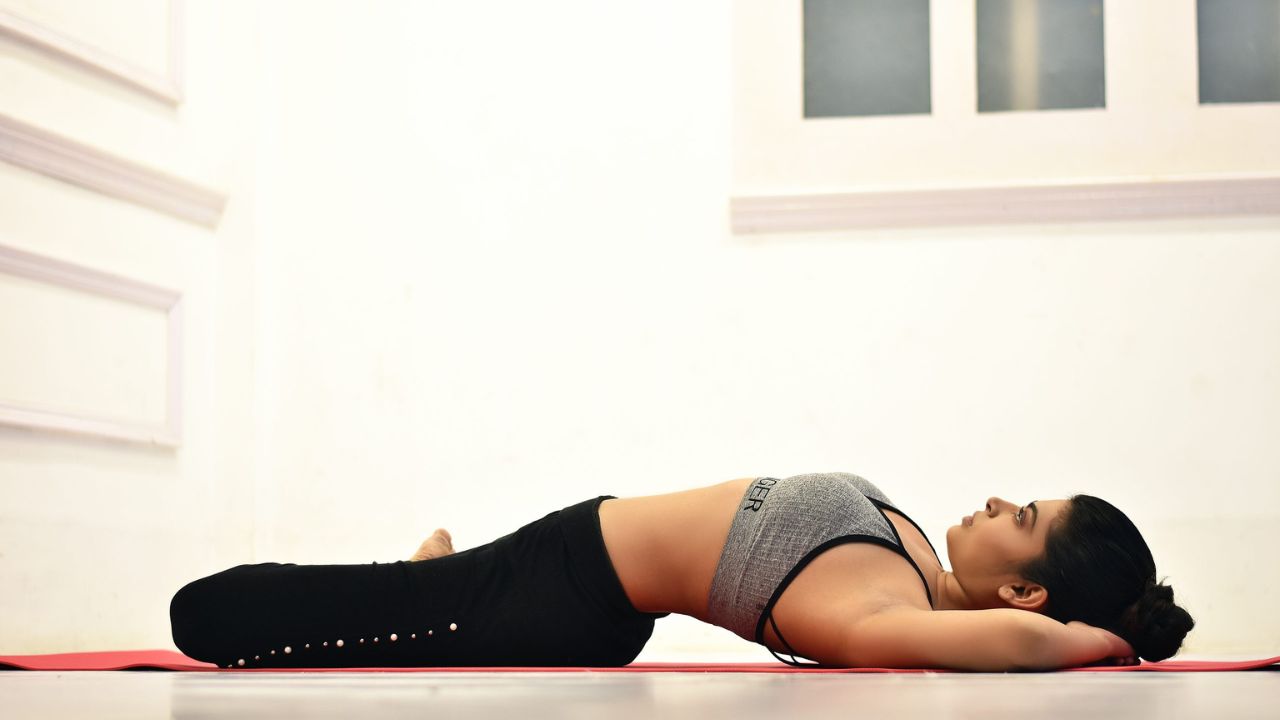
Welcome to our comprehensive guide on the top 10 guided exercises for faster muscle recovery.
Whether you're an athlete looking to bounce back from intense workouts or simply seeking to alleviate muscle fatigue, this article provides evidence-based insights to help you get back on track.
Through a combination of foam rolling, active recovery, stretching routines, yoga, low impact cardio, Pilates, mobility drills, massage therapy, and cold therapy, you'll discover effective techniques to enhance muscle repair and promote overall healing.
Get ready to experience the freedom of a revitalized body.
Foam Rolling: Release Tension and Improve Mobility
Foam rolling is an effective method for releasing tension and improving mobility in order to enhance muscle recovery and overall physical performance. This technique involves using a cylindrical foam roller to apply pressure to various areas of the body, targeting tight muscles and trigger points. By rolling over these areas, the foam roller helps to break up adhesions and increase blood flow, resulting in improved flexibility and reduced muscle soreness.
Research has shown that foam rolling can significantly enhance muscle recovery by reducing inflammation and promoting the removal of metabolic waste products. It has also been found to increase range of motion and joint flexibility, making it an ideal tool for athletes and individuals looking to improve their physical performance. Incorporating foam rolling into a regular exercise routine can help prevent injuries, as well as improve overall mobility and muscle function.
Active Recovery: Keep Moving to Enhance Muscle Repair
How can staying active during the recovery process enhance muscle repair?
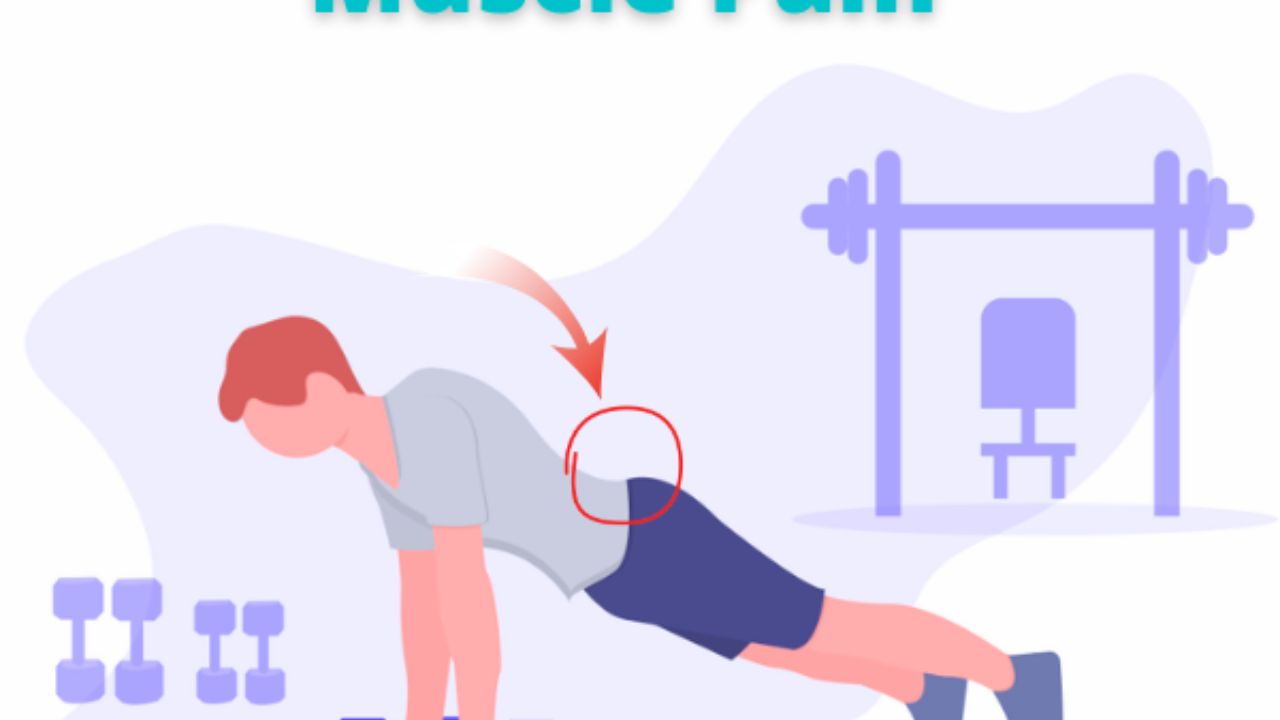
Active recovery is a crucial component of the rehabilitation process that can significantly enhance muscle repair. Engaging in low impact cardio exercises during recovery promotes blood flow and nutrient delivery to the muscles, aiding in the removal of waste products and the delivery of essential nutrients required for tissue repair.
Furthermore, low impact cardio exercises such as swimming or cycling can help maintain muscle strength and flexibility, preventing muscle atrophy and promoting faster recovery. Research has shown that active recovery can also reduce inflammation and muscle soreness, allowing individuals to return to their regular physical activities sooner.
Stretching Routines: Increase Flexibility and Reduce Muscle Stiffness
Stretching routines are essential for increasing flexibility and reducing muscle stiffness. Regular stretching has numerous benefits, including improved range of motion, enhanced athletic performance, and decreased risk of injury.
It is important to incorporate both dynamic stretches before exercise and static stretches after to maximize the benefits and promote faster muscle recovery.
Benefits of Stretching
Regular incorporation of dynamic stretching exercises into one's fitness routine has been shown to enhance overall flexibility and reduce the risk of muscle stiffness. This not only promotes a greater range of motion, but also improves performance in various physical activities. The benefits of stretching are numerous and can have a positive impact on an individual's fitness journey.
Here are four key advantages of incorporating stretching exercises into your routine:
Increased Range of Motion: Dynamic stretching increases the flexibility of muscles and joints, allowing for a wider range of motion during physical activities.
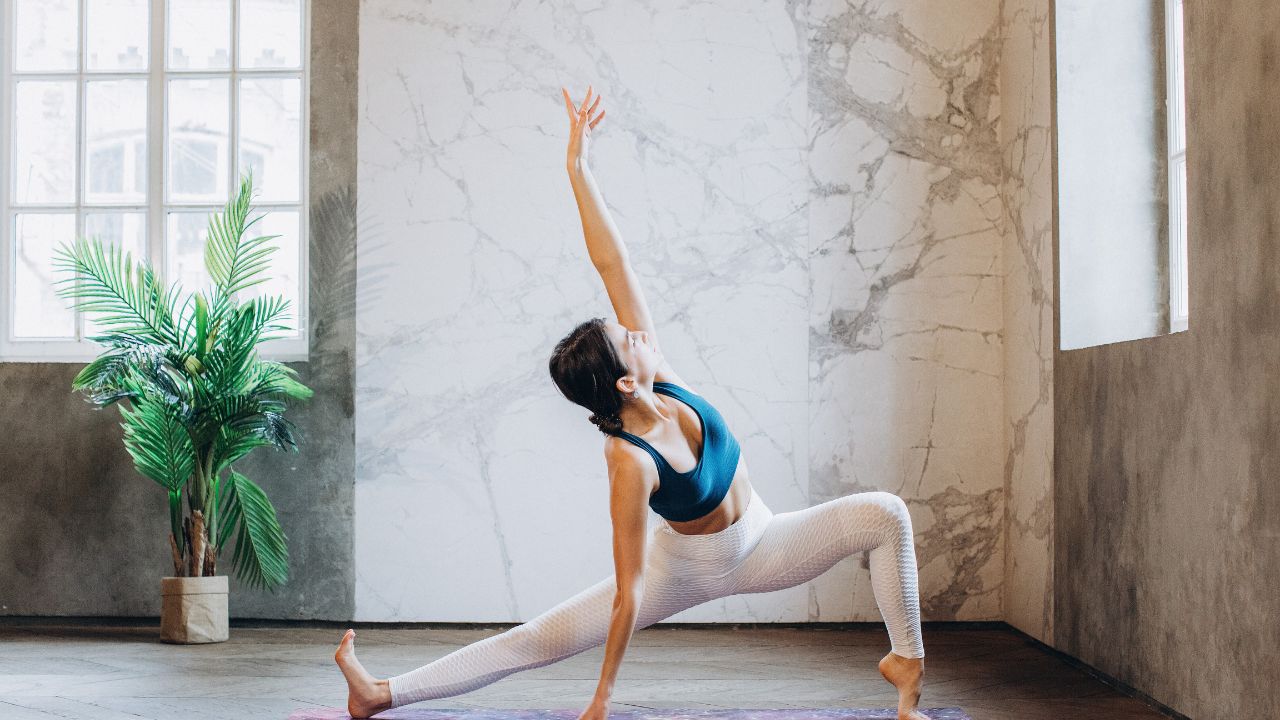
Improved Performance: By enhancing flexibility, stretching exercises can improve athletic performance and reduce the risk of injury.
Enhanced Muscle Recovery: Stretching post-workout helps to alleviate muscle soreness and stiffness, enabling faster recovery and promoting better muscle repair.
Injury Prevention: Regular stretching reduces the risk of muscle strains and tears by improving muscle elasticity and joint mobility.
Incorporating dynamic stretching exercises into your fitness routine can provide numerous benefits, including increased range of motion, improved performance, enhanced muscle recovery, and injury prevention. So, make sure to make stretching an essential part of your fitness regimen.
Best Stretches for Recovery
Moreover, incorporating specific stretches for recovery into your post-workout routine can significantly enhance muscle repair and reduce muscle stiffness.
One effective method for recovery is foam rolling. Foam rolling benefits include reducing muscle inflammation and increasing range of motion. By applying pressure to specific areas of the body, foam rolling helps to break up adhesions and knots in the muscle tissue, promoting blood flow and reducing muscle soreness.
Another beneficial practice for recovery is yoga. Yoga not only helps with stress relief but also improves flexibility, promotes relaxation, and aids in muscle recovery. The combination of deep stretching, controlled breathing, and mindfulness in yoga can help to release tension in the muscles, reduce muscle soreness, and improve overall recovery after a workout.
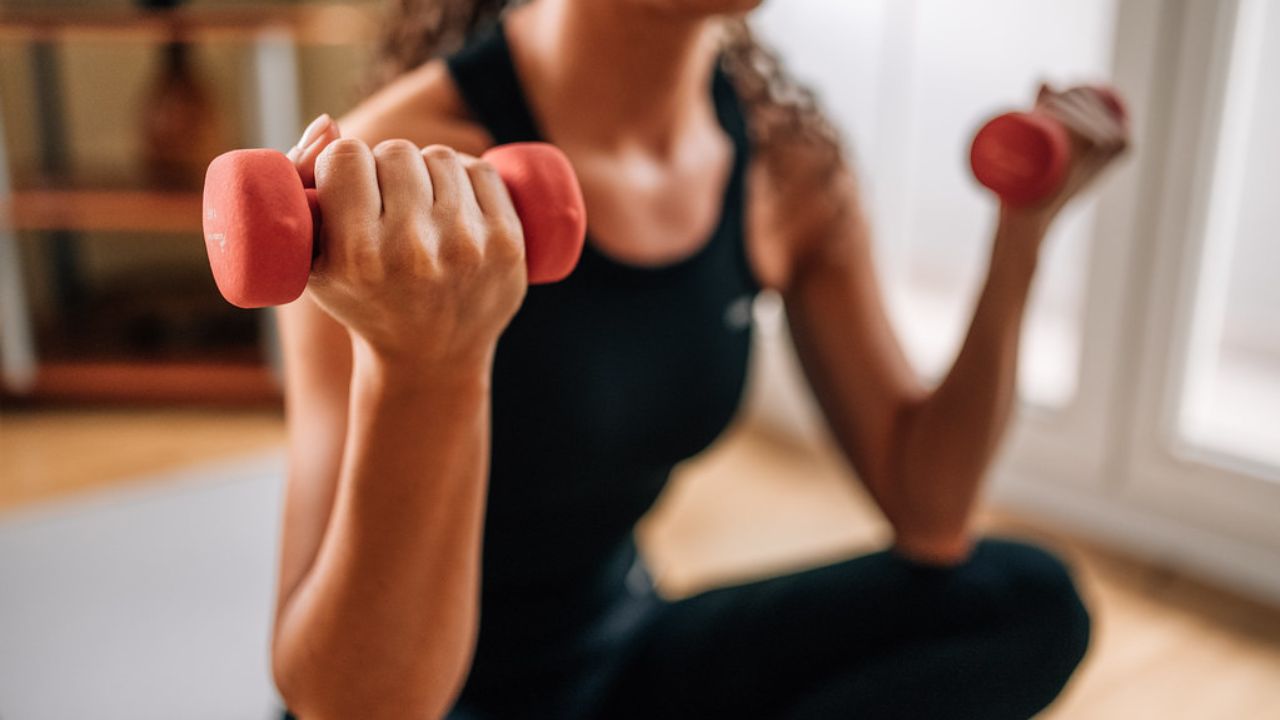
Incorporating foam rolling and yoga into your post-workout routine can enhance muscle recovery and promote a healthier, more flexible body.
Stretching Before and After
Additionally, incorporating dynamic warm-up exercises before and static stretches after your workout can optimize muscle flexibility and minimize the risk of muscle stiffness. This is because a pre-workout warm-up helps increase blood flow to the muscles, preparing them for the upcoming activity, while a post-workout cool down allows the body to gradually return to its resting state.
To ensure an effective warm-up and cool down routine, consider the following:
Dynamic warm-up exercises: These involve active movements that mimic the motions of your workout, such as walking lunges or arm circles. They increase body temperature and activate the muscles you will be using during your workout.
Static stretches after your workout: Hold each stretch for 15-30 seconds to improve flexibility and reduce muscle tightness. Focus on the major muscle groups you targeted during your workout.
Incorporate foam rolling: Use a foam roller to release tension in the muscles before and after your workout. This can help improve mobility and reduce muscle soreness.
Listen to your body: Pay attention to any discomfort or pain during your warm-up or cool down. Adjust your routine accordingly to avoid injury.

Yoga for Recovery: Restore Balance and Relaxation
Yoga for recovery is an effective practice that helps restore balance and relaxation to the body and mind. It offers numerous benefits, such as reducing stress and anxiety, improving flexibility, and promoting overall well-being.
Benefits of Yoga
One of the key benefits of incorporating yoga into your recovery routine is its ability to enhance muscle relaxation and promote faster healing. Yoga for stress relief is a well-known practice that helps calm the mind and reduce anxiety, allowing the body to enter a state of relaxation and recovery. Additionally, yoga for flexibility and strength can aid in improving muscle recovery by increasing blood flow to the muscles and reducing muscle tightness.
To paint a picture for the audience, here are four yoga poses that can facilitate muscle relaxation and promote faster healing:
Child's Pose: This gentle stretch elongates the spine and releases tension in the lower back, hips, and shoulders.
Legs Up the Wall: This restorative inversion pose helps improve circulation and reduce inflammation in the lower body.
Corpse Pose: This final relaxation pose allows the body to fully relax and recover, promoting overall healing.
Gentle Twists: Twisting poses help release tension in the spine and encourage detoxification, aiding in muscle recovery.
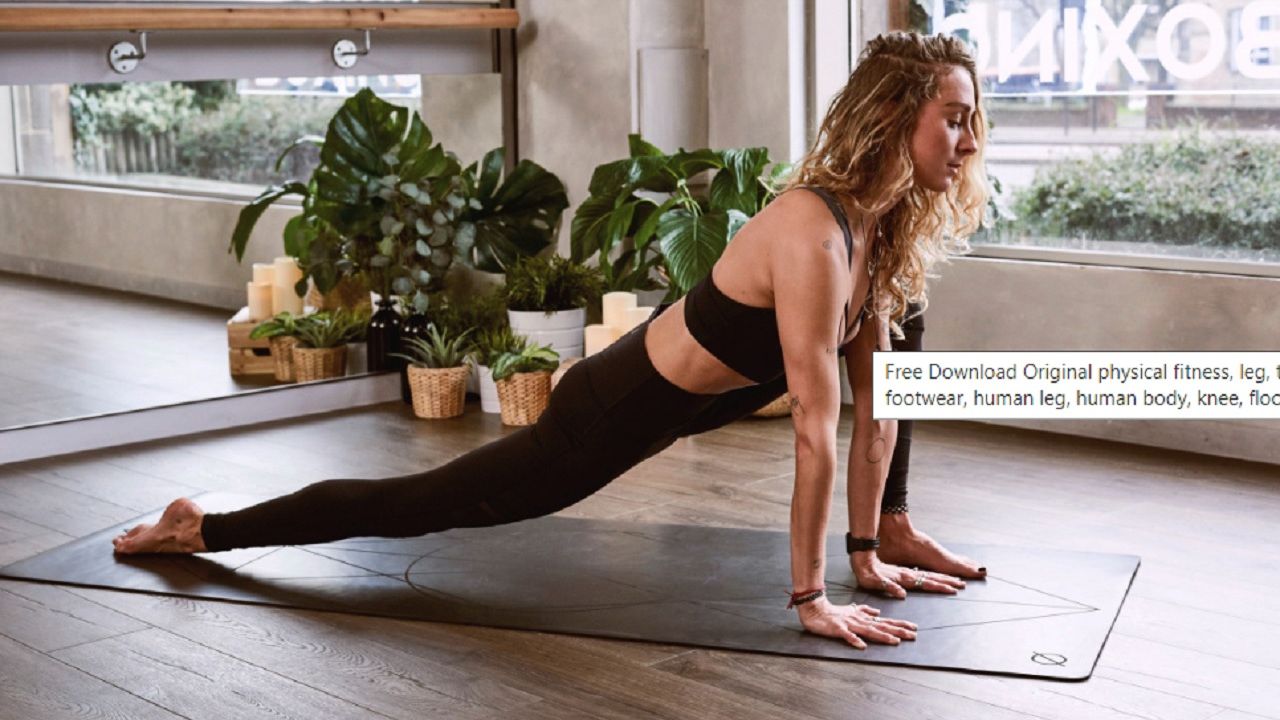
Incorporating these yoga poses into your recovery routine can greatly benefit your body's ability to relax, heal, and recover faster.
Stress Relief Techniques
To effectively manage stress and promote relaxation, incorporating a variety of stress relief techniques can greatly aid in restoring balance and promoting overall well-being.
Stress management techniques are essential in today's fast-paced world, where stressors are abundant and can have detrimental effects on both physical and mental health.
Deep breathing exercises, such as diaphragmatic breathing, have been shown to activate the body's relaxation response and reduce stress levels.
Progressive muscle relaxation involves tensing and then releasing different muscle groups to promote relaxation and reduce muscle tension.
Other relaxation exercises, such as guided imagery and meditation, can also be effective in managing stress and promoting a sense of calm.
Restoring Muscle Flexibility
There are several effective exercises that can be incorporated into a daily routine to restore muscle flexibility and enhance overall recovery. These exercises focus on restoring muscle elasticity and improving range of motion, allowing individuals to regain their full strength and mobility.
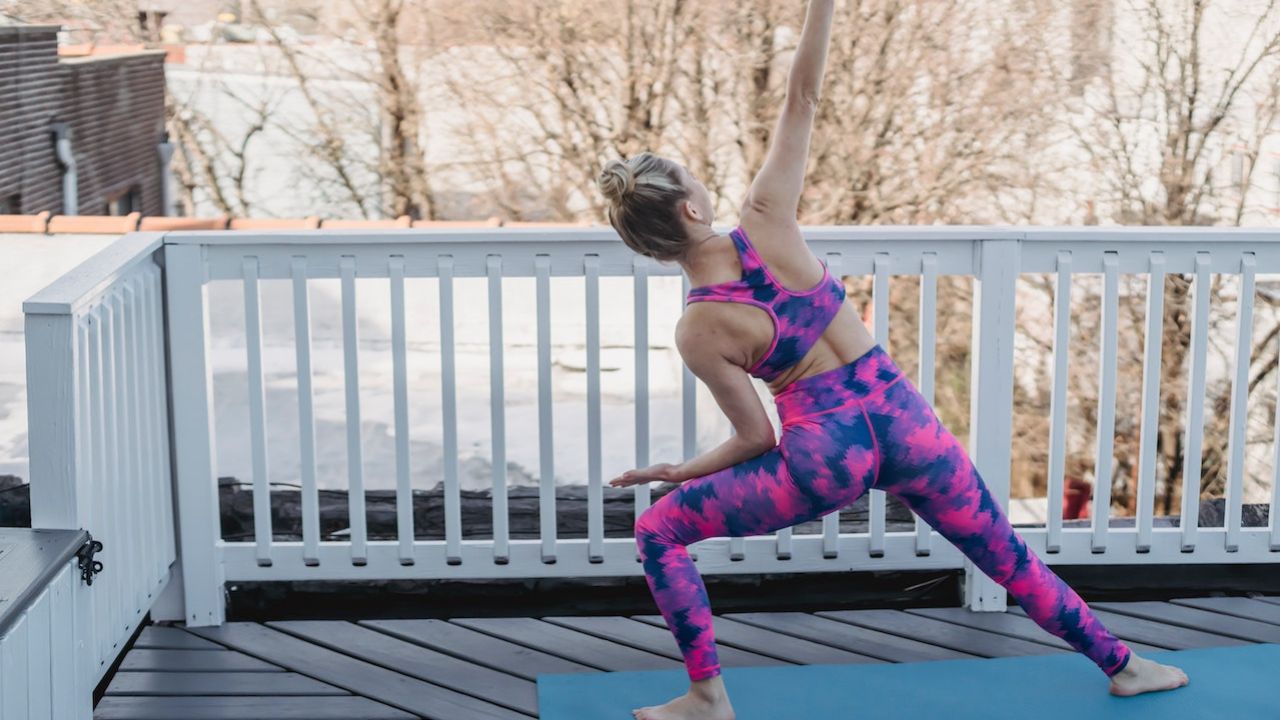
Here are four exercises that can help achieve these goals:
Dynamic stretching: Incorporating movements that mimic the activity or sport being performed helps to warm up and loosen the muscles.
Foam rolling: Using a foam roller can help release tension and knots in the muscles, promoting better flexibility and blood flow.
Yoga or Pilates: These practices incorporate stretching, strengthening, and balancing exercises that can improve muscle flexibility and overall body awareness.
Resistance band exercises: Using resistance bands can provide gentle resistance to help stretch and strengthen muscles, increasing their flexibility and range of motion.
Low Impact Cardio: Boost Blood Flow and Speed Up Healing
Engaging in low impact cardio exercises can effectively boost blood flow and expedite the healing process.
When we engage in low impact cardio exercises, such as walking, swimming, or cycling, we increase our heart rate and improve circulation throughout the body. This increased blood flow delivers more oxygen and nutrients to the injured area, promoting healing and reducing recovery time.
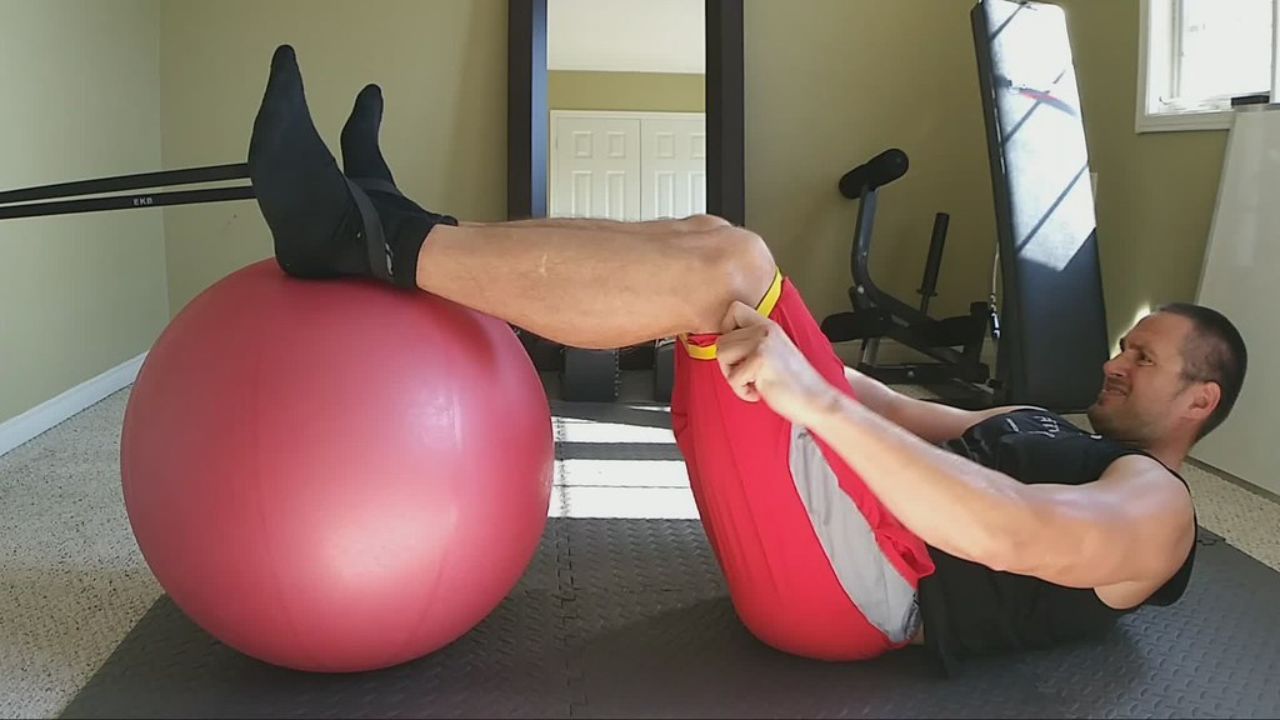
Studies have shown that low impact cardio exercises can also help reduce inflammation, which is crucial for the healing process. Additionally, these exercises help maintain muscle tone and prevent muscle atrophy during periods of rest.
Overall, incorporating low impact cardio exercises into our recovery routine can have significant benefits in boosting circulation and promoting healing, allowing us to get back on track faster and regain our freedom of movement.
Resistance Band Exercises: Build Strength and Aid in Recovery
Resistance band exercises are a versatile and effective way to build strength and aid in recovery. These bands offer adjustable resistance levels, making them suitable for individuals of all fitness levels.
Incorporating resistance band exercises into your workout routine can help improve muscle strength, enhance flexibility, and promote faster recovery from injuries.
Versatility of Resistance Bands
One of the most compelling aspects about resistance bands is the multitude of exercises they offer, providing individuals with a wide range of options for improving strength and aiding in muscle recovery. These versatile bands can be used in various ways to target different muscle groups and provide a challenging workout.
Here are four resistance band exercises that can help individuals achieve the desired benefits:
Squats: Resistance bands can be looped around the thighs or ankles to add extra resistance and engage the glutes, quads, and hamstrings.
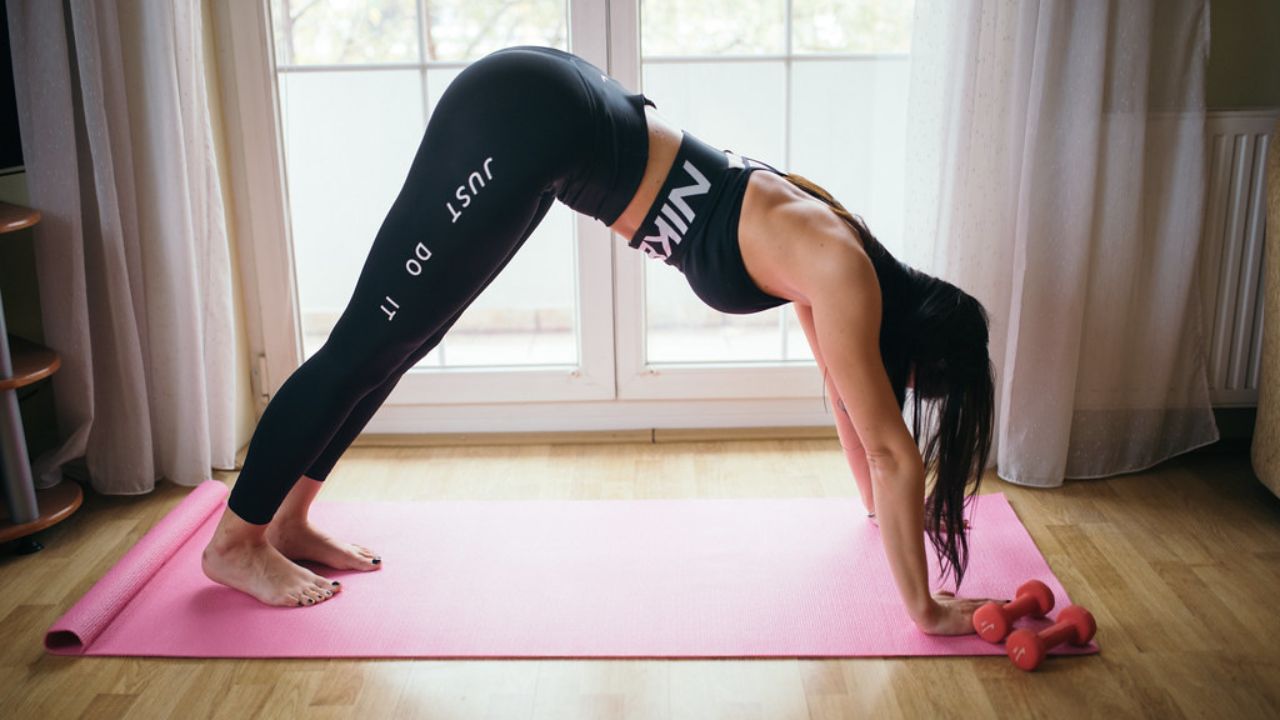
Bicep Curls: Standing on the resistance band and holding the handles, individuals can perform bicep curls to strengthen and tone the arms.
Shoulder Press: By attaching the resistance band to a stable anchor point and holding the handles, individuals can perform shoulder presses to develop upper body strength.
Clamshells: Placing the resistance band just above the knees, individuals can perform clamshell exercises to activate the hip abductors and improve hip stability.
Benefits of Band Exercises
Utilizing band exercises in a fitness routine can provide individuals with a wide range of benefits, including increased muscle strength and accelerated recovery.
Resistance band exercises are an effective way to build muscle and improve overall fitness levels. These exercises work by providing constant tension on the muscles throughout the entire range of motion, which helps to stimulate muscle growth and increase strength.
Additionally, band exercises can be performed anywhere, making them a convenient option for individuals who may not have access to a gym or other fitness equipment.
Furthermore, resistance band exercises can also aid in the recovery process by improving circulation and reducing muscle soreness.
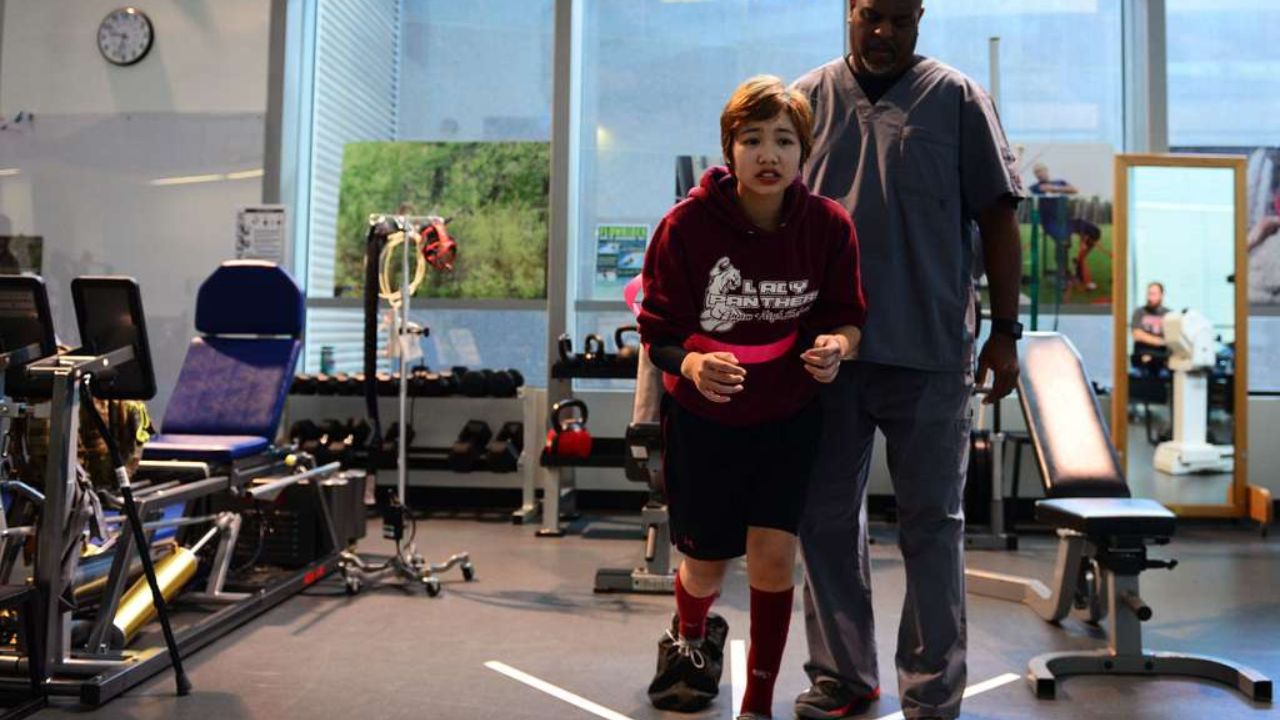
Incorporating band exercises into a fitness routine can help individuals achieve their fitness goals and experience the many benefits that resistance bands have to offer.
Engaging in regular Pilates sessions can significantly enhance the rehabilitation process by targeting and strengthening core muscles, aiding in the promotion of healing and overall recovery. Here are four key reasons why Pilates is beneficial for post-injury workouts:
Core Strengthening: Pilates focuses on strengthening the deep muscles of the abdomen, back, and pelvis, which provide stability and support to the spine. This helps to improve posture and reduce the risk of future injuries.
Flexibility and Range of Motion: Pilates incorporates dynamic movements that increase flexibility and improve joint mobility. This is particularly important during rehabilitation, as it helps to restore normal movement patterns and prevent stiffness.
Low-Impact Exercise: Pilates is a low-impact form of exercise that puts minimal stress on joints and muscles. This makes it suitable for individuals recovering from injuries, as it allows them to safely build strength without exacerbating their condition.
Mind-Body Connection: Pilates emphasizes mindful movement and encourages participants to focus on proper alignment and breathing. This mind-body connection can help individuals regain confidence and trust in their bodies after an injury, leading to a more holistic recovery process.
Incorporating Pilates into a rehabilitation program can be highly beneficial in speeding up the recovery process and improving overall physical well-being.
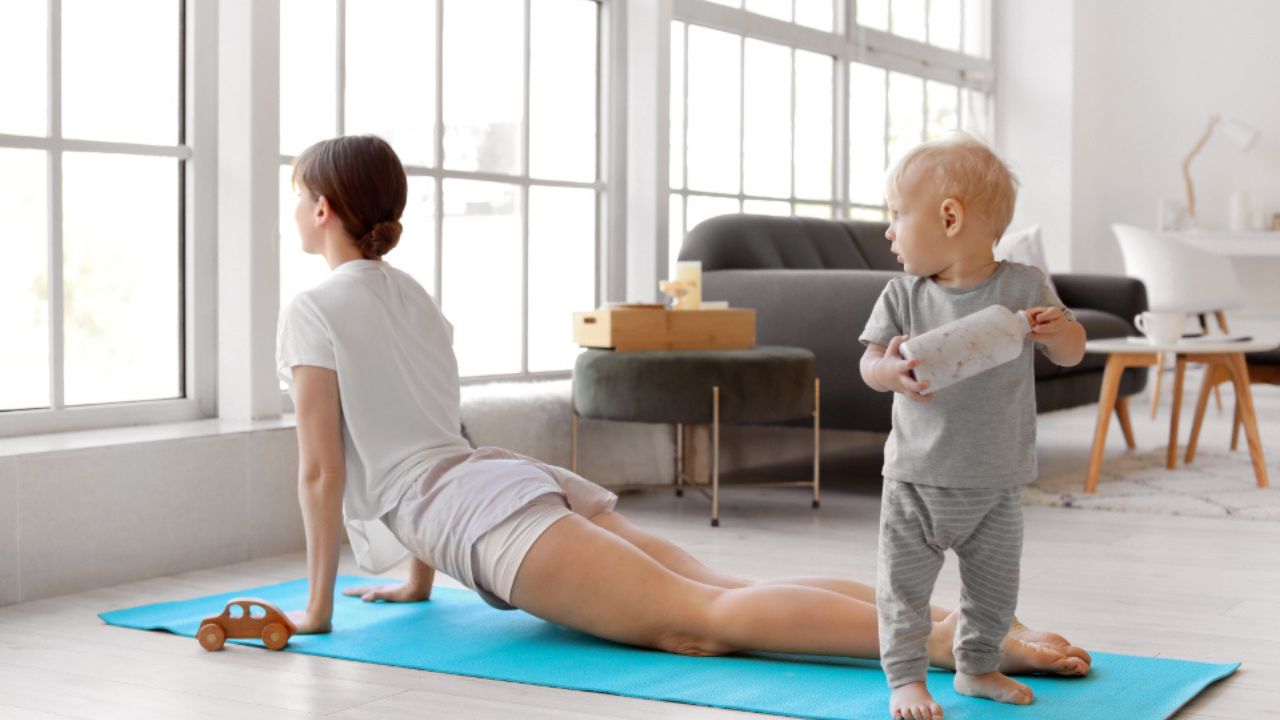
Mobility Drills: Enhance Joint Mobility and Reduce Muscle Fatigue
By incorporating mobility drills into your workout routine, you can enhance joint mobility and effectively reduce muscle fatigue. Mobility drills are exercises that specifically target the range of motion and flexibility of your joints. These drills help to improve the mobility and function of your joints, allowing you to move more freely and efficiently during your workouts.
When your joints are more mobile, they can better absorb impact and distribute forces, reducing the strain on your muscles and decreasing the likelihood of fatigue. Additionally, mobility drills can help to improve your overall strength and stability, as they often require the activation of multiple muscle groups.
Massage Therapy: Relieve Muscle Tension and Improve Circulation
Regular massage therapy sessions can effectively relieve muscle tension and improve circulation, providing numerous benefits for overall wellness. Incorporating massage techniques into your self-care practices can help alleviate stress, promote relaxation, and enhance physical well-being. Here are four key benefits of massage therapy:
Muscle tension relief: Massage therapy targets specific muscles and helps release tension, reducing pain and discomfort.
Improved circulation: The pressure applied during a massage helps stimulate blood flow, delivering oxygen and nutrients to muscles and organs.
Stress reduction: Massage therapy promotes relaxation by activating the body's parasympathetic nervous system, which helps combat the effects of chronic stress.
Enhanced flexibility and range of motion: Regular massages can help loosen tight muscles and improve joint mobility, allowing for greater flexibility and range of motion.
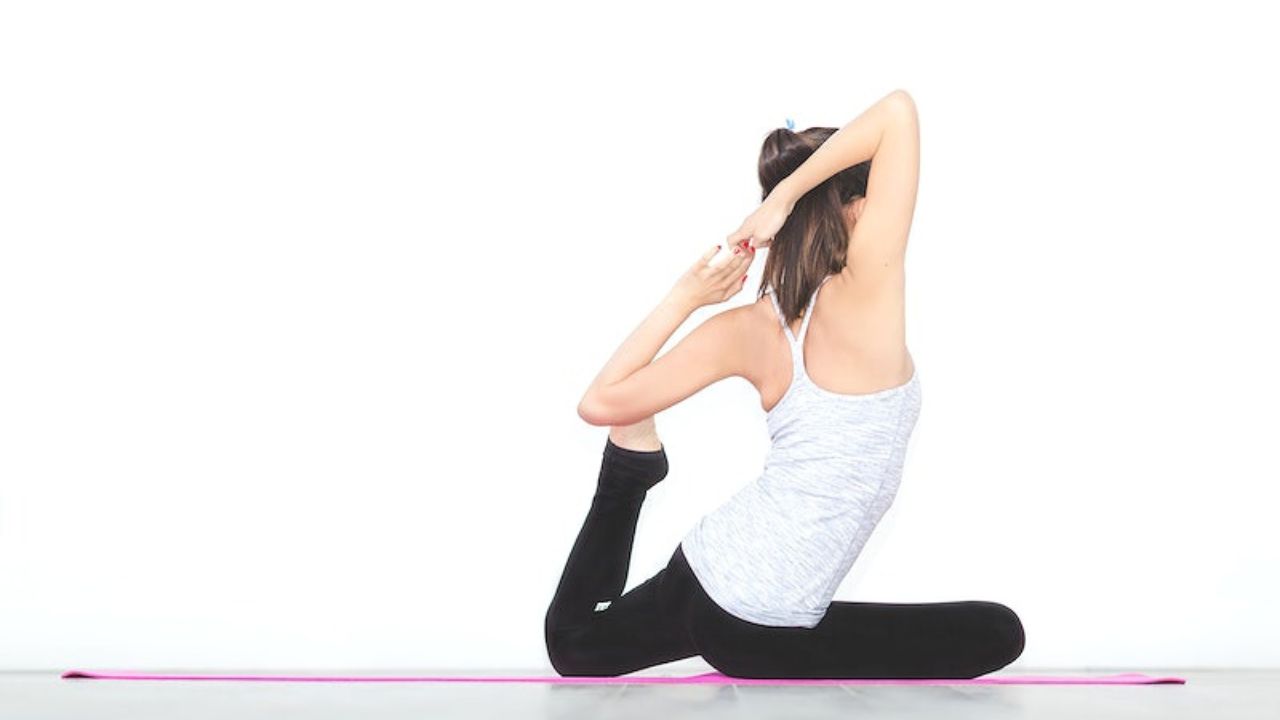
Incorporating massage therapy into your self-care routine can be a valuable tool for maintaining physical and mental well-being.
Cold Therapy: Reduce Inflammation and Soothe Muscles
Additionally, occasionally incorporating cold therapy into your post-workout routine can help reduce inflammation and soothe muscles, providing an effective method for recovery and injury prevention.
Cold therapy, also known as cryotherapy, involves the application of cold temperatures to the body, typically through ice packs, cold baths, or cryotherapy chambers. The benefits of cold therapy include decreased muscle soreness, reduced swelling, and improved recovery time.
When used in combination with foam rolling techniques, cold therapy can further enhance its effectiveness. Foam rolling, a form of self-myofascial release, involves using a foam roller to apply pressure to specific muscles, helping to release tension and improve flexibility.
Frequently Asked Questions
Is Foam Rolling Effective for Muscle Recovery?
Foam rolling is an effective technique for muscle recovery. It helps to alleviate muscle soreness, improve flexibility, and increase blood flow. Experts recommend foam rolling for 10-15 minutes, 2-3 times per week for optimal results.
How Often Should I Incorporate Active Recovery Into My Routine?
Incorporating active recovery into your routine is essential for muscle recovery. It helps promote blood flow and reduces muscle soreness. Rest days are equally important to allow your body to repair and rebuild.
Can Stretching Routines Help Prevent Muscle Soreness?
Stretching techniques can be beneficial in preventing muscle soreness by increasing flexibility and blood flow to the muscles. However, it is important to also incorporate rest days into your routine to allow for proper muscle recovery and growth.
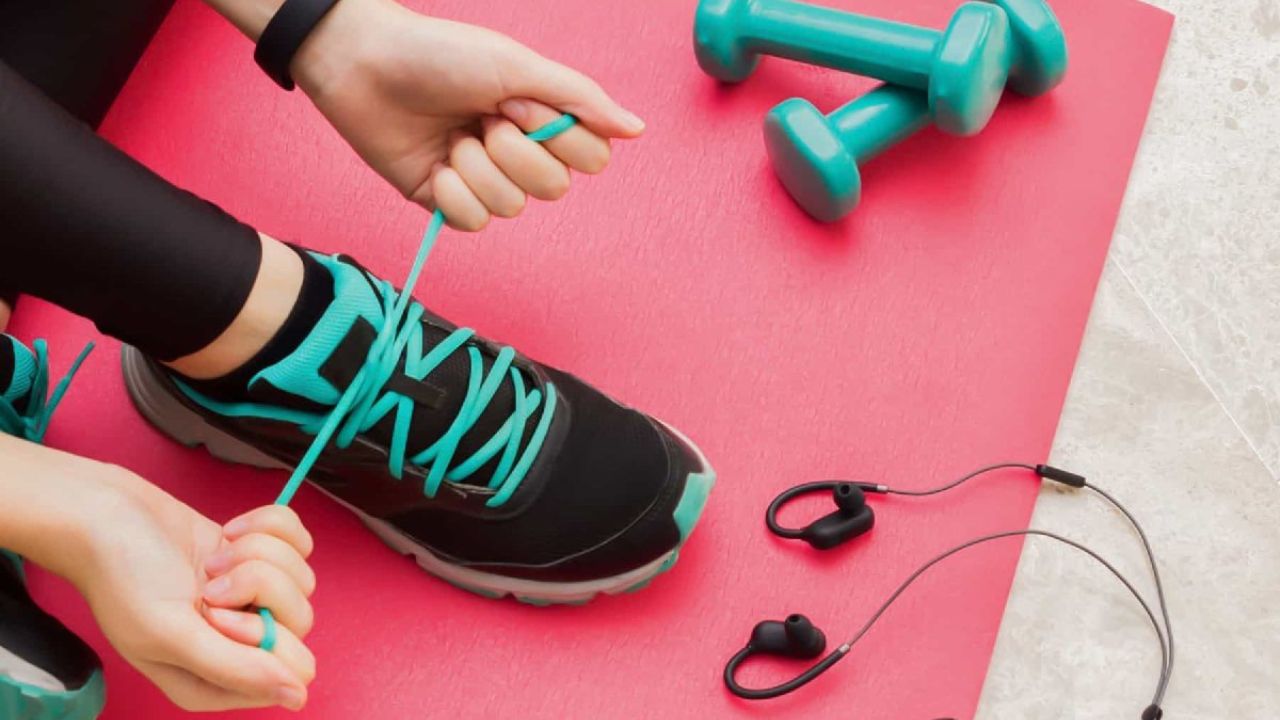
What Are the Benefits of Yoga for Muscle Recovery?
Yoga has numerous benefits for muscle recovery. It helps improve flexibility and relaxation, promotes improved circulation and oxygen flow to the muscles, aiding in their recovery and reducing soreness.
Are Resistance Band Exercises Suitable for All Fitness Levels?
Resistance band exercises can be modified to suit different fitness levels, making them suitable for beginners and advanced individuals alike. A beginners guide to resistance bands can provide instructions on proper form and technique to ensure safety and effectiveness during workouts.
Conclusion
Incorporating guided exercises into your muscle recovery routine can significantly enhance your healing process.
Foam rolling, active recovery, stretching routines, yoga, low impact cardio, Pilates, mobility drills, massage therapy, and cold therapy are all effective methods for promoting muscle repair, reducing inflammation, and improving flexibility.
By implementing these evidence-based techniques, you can optimize your recovery and get back on track faster.
 Mobility trainingHome Fitness RecoverySports Injury PreventionPersonal Physical TherapyOrthopedic SolutionsPrivacy PolicyTerms And Conditions
Mobility trainingHome Fitness RecoverySports Injury PreventionPersonal Physical TherapyOrthopedic SolutionsPrivacy PolicyTerms And Conditions
